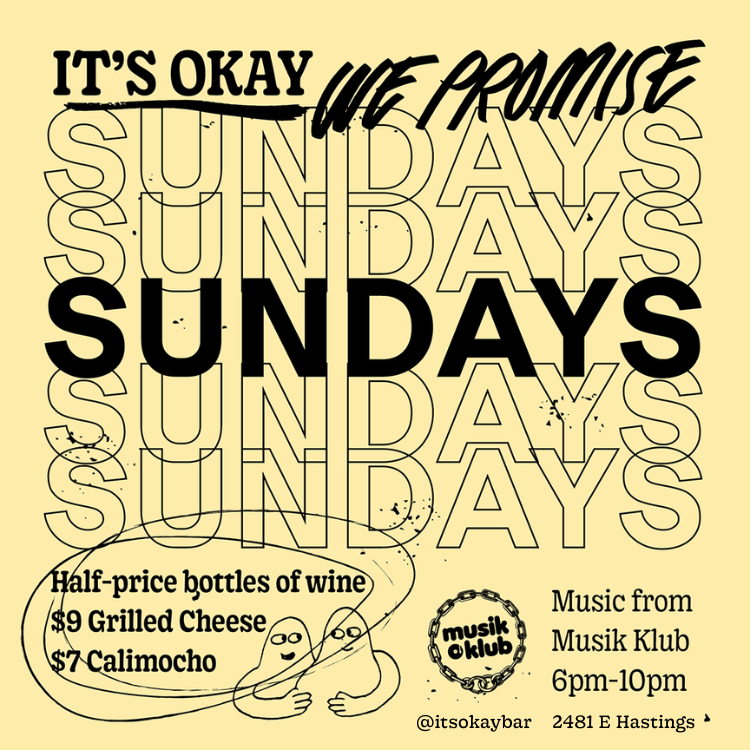By Erin Davidson
@edavid7
I come to you with a story of a bizarre research study. I am currently in the third and final year of my graduate degree in counselling psychology. I have focused my research on campus sexual assault and I have been collecting stories of survivors for my thesis. Because of my experience, a few weeks ago, I received an email asking if I would be interested in helping out some researchers who were also studying sexual assault. They wanted my assistance with their interviews, and at first, I was excited to contribute to work on an important topic. My supervisor connected us, and more details began to unfold.
The goal of the study was to reduce rates of sexual assault through meeting on dating apps. The hope was that they would identify an algorithm that could work to weed out Tinder predators. On the surface, this may seem like a shiny-beam-of-light contribution to the world of research.
I really do believe that most of the harm caused in our society stems from ignorance. So I gave these researchers the benefit of the doubt, and assumed that they were coming from a place of good intentions and a lack of understanding. Good intentions aside, when I read this proposal, I felt the same sense of disbelief and heartbreak that has become all too familiar since the 2016 election.
When I first read the study, I couldn’t pinpoint exactly what was wrong with it. It kind of felt like when someone says to you, “I love how you don’t care how you look,” and on the way home you realize what they meant was, “ur trash.” The language was benign, but the subtext was malignant.
All of the questions in the study were directed at the person who had experienced the sexual assault from someone they met on a dating app. Here are, unedited, just a few questions they drafted:
How did you fill out your profile?
What is your major purpose for using a dating app?
When and what red flags in your conversation with the person did you notice?
If you could go back in time, what do you think you would have done differently?
What do you notice about these questions? A little off right?This study is a perfect example of how well intentioned people can perpetuate problematic messages about sex and gender without even realizing it. These questions all blame the victim for the sexual assault. They assume it would not have happened if she had acted or presented herself differently. The lack of curiosity into the perpetrator’s experience also implies the message: “Oh, of course he would have assaulted her if she acted that way.” They also ask the survivor why she uses dating apps, implying that if she is looking for casual sex (go girl!), she is more to blame for the assault than if she is looking for the Ross to her Rachael. “If there is no rapist in the room— or the dating app— there is no rape” – Anita Roberts (founder of Safeteen).
This study also falsely implies that the primary issue here is the presence of malicious predators, cackling as they swipe right. These researchers seem to believe that if their algorithm can locate said predators, then boom! No more sexual assault. Perhaps they are drawing a causal link (correlation is NOT causation, did they learn anything in undergrad research methods?) between the increase in the attention on sexual assault in the media, and the increased popularity of dating apps.The problem is not that more people are going on blind Tinder dates.This is similar to how we tell women to avoid being alone at night in alleys or parking lots, when in reality most sexual assaults occur in a private home. It is also true that 82% of sexual assaults are committed by someone that the survivor knows. If we continue directing change efforts to stopping the “evil rapist,” the high rate of sexual assault will not change. While there are certainly individual people that intentionally commit terrible acts, the larger issue is that we live in a culture that teaches broken messages about sex and gender. The assumptions that men are the active subjects, and women the passive objects, are so ingrained in us that we do not even realize it.
We do not have to be aware of something for it to cause harm; what’s worse, our lack of understanding creates the conditions for it to continue. Let me illustrate this point with a metaphor. Imagine for a moment that these messages about sex are equivalent to messages about smoking. People smoked for decades, blissfully unaware of the damage it was inflicting on their lungs and cardiovascular systems. It was normalized in movies, advertisements, music— it was cool, sexy, and fun. Then, research came out informing people how harmful smoking is for their health. The harm was there all along, people were now just aware of it. This is sort of like the #MeToo movement. The high prevalence of sexual assault, and the harmful societal messages about gender and sex have been there all along. We are just now getting a taste of how pervasive it is.
The reason we are often unaware of the prevalence of sexual violence is because it is a part of the culture that we live in. It is the classic example of asking a fish, “How’s the water?” and the fish responding, “what water?”because it has known nothing else. We have ingrained biases that normalize and downplay violence against women— especially women who belong to marginalized groups such as disabled women, LGBTQ+ folks, and people of colour. We see this in how these groups experience much higher rates of sexual violence. Sexual assault is about more than just sex; it is an act that oppresses the already oppressed. If it was just about sex, we would not see such higher rates in these already marginalized groups. Examples of this power dynamic are endless, from the dire number of missing and murdered indigenous women, to how a sexual assault accusation does not hinder a Supreme Court appointment or a presidency.We are more quick to blame or question survivors than to re-educate perpetrators and hold them accountable.
I truthfully wish preventing sexual assault was as simple as writing an iPhone app algorithm. It is hard to swallow the reality that one in four women will be sexually assaulted in their lifetime and that it will likely be from someone they already know. It is tempting to blame the person who is assaulted, because if it really was their fault, then it gives us the sense that it is something that we can prevent and control. In reality, until there is a dramatic overhaul in the distribution of power in our society— away from one group holding most of the authority, leadership, and economic resources— we will continue to see sexual assault at alarming rates.
In the sixties you did not have to be a smoker to be a part of the culture that normalized smoking. Anyone who stood in an elevator suffering through Marlborough fumes was a part of the tacit ignorance allowing the smoking culture to exist. When we suffer through “locker room talk”, say “boys will be boys”, or ask how short her skirt was, we are breathing in second-hand smoke that is hurting us all. Our culture continues gendered violence in both obvious and subtle ways. Only when we become aware of how sexual violence is tolerated or dismissed, can we truly work towards stopping it.

Erin is in the final stretch of her master’s degree to become a therapist and currently works as a counsellor at a women’s health clinic. Her hobbies include: crossing the street to avoid small talk, eavesdropping on bus conversations, and crying at work. Read read more of Erin’s work on erineileen.com




